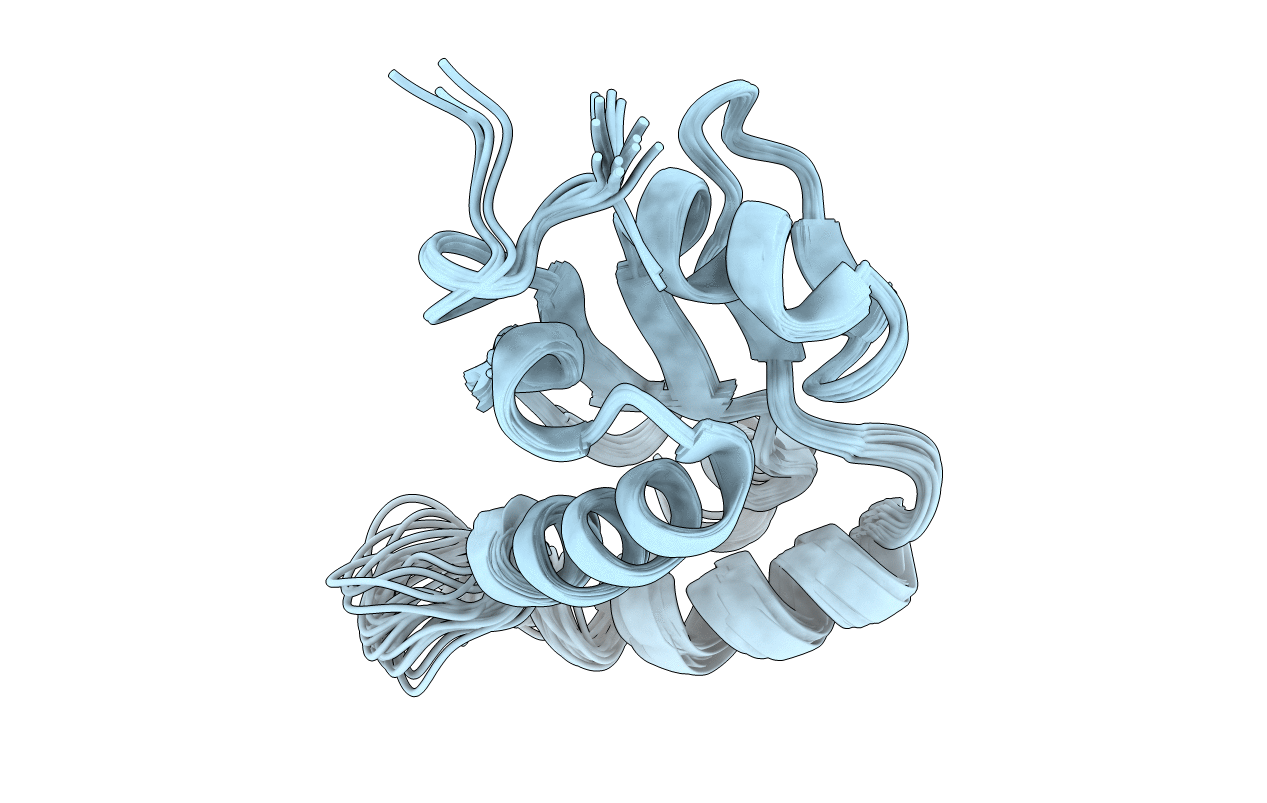
Deposition Date
2014-09-11
Release Date
2014-12-17
Last Version Date
2024-05-01
Entry Detail
PDB ID:
2MUK
Keywords:
Title:
1H, 13C, and 15N Chemical Shift Assignments for AUX/IAA17
Biological Source:
Source Organism:
Arabidopsis thaliana (Taxon ID: 3702)
Host Organism:
Method Details:
Experimental Method:
Conformers Calculated:
100
Conformers Submitted:
20
Selection Criteria:
structures with the least restraint violations


